Top 5 React.js Frameworks in [2025]
![Top 5 React.js Frameworks in [2025]](https://jsupskills.dev/wp-content/uploads/2024/11/reactjs-framework-1024x576.jpg)
React.js is a widely used JavaScript library designed primarily for building user interfaces, particularly for single-page applications.Developed and maintained by Facebook, React has gained significant traction in the development community due to its component-based architecture, which promotes reusability and modularity.
Table of Contents
This design philosophy allows developers to break down complex UIs into smaller, manageable components, simplifying the overall development process and enhancing maintainability.
The evolution of React.js has also necessitated the development of frameworks that address specific needs within the ecosystem. These frameworks frequently wrap around the core functionality of React, offering enhanced tools and libraries to accommodate different project requirements.
Top 5 React.js Frameworks
As the demand for efficient and scalable web applications continues to rise, several frameworks built on React.js have emerged, each catering to specific needs and project requirements.This section will explore five React.js frameworks:
| React framework | GitHub stars |
| Next.js | Stars: 127k+ |
| Create React App | Stars: 103k+ |
| Gatsby | Stars: 55.3k+ |
| Remix | Stars: 29.8k+ |
| Blitz | Stars: 13.7k+ |
List Top 5 React Frameworks
1. Next.js
Next.js is a React framework known for its server-side rendering (SSR) capabilities, which enhance performance and SEO. It offers automatic code splitting, ensuring that only necessary code is loaded for each page.
This makes it particularly well-suited for applications requiring optimal performance and quick load times. Next.js is an excellent choice for e-commerce websites and content-heavy platforms where user experience is paramount.
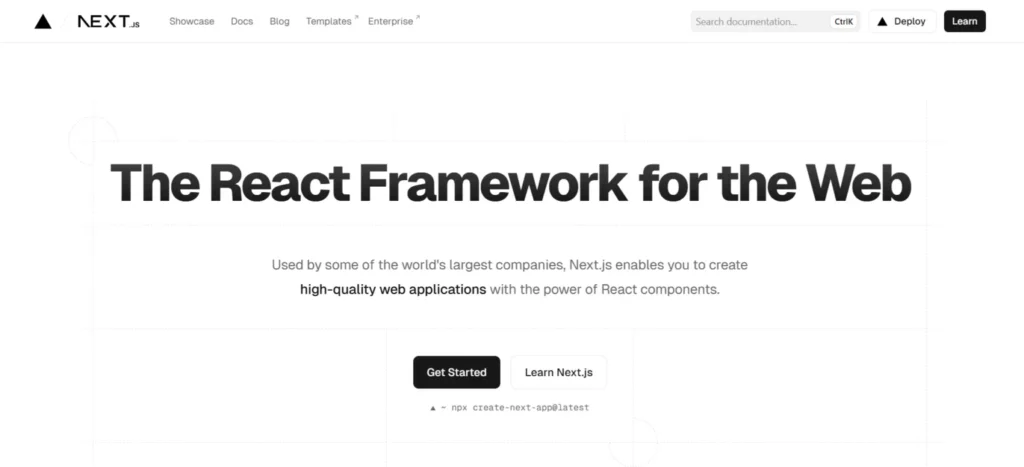
Which type project develope?
Next.js is versatility allows developers to create various types of projects that cater to different requirements and industries. In this post, we will explore the types of projects commonly developed using Next.js.
- Static Websites and Blogs
- Dynamic Web Applications
- Progressive Web Apps (PWAs)
Why Choose ?
This versatile framework, built on React, offers developers an array of tools that streamline the development process while enhancing performance.
- Server-Side Rendering Made Easy
- Static Site Generation for Better Performance
- API Routes for Smooth Site Functionality
2. Create React App
Create React App serves as a boilerplate for React applications, providing a simplified setup for developers. It is best utilized for developing single-page applications (SPAs) without the complexities of configuration. This framework is perfect for beginners and smaller projects needing a straightforward development experience.
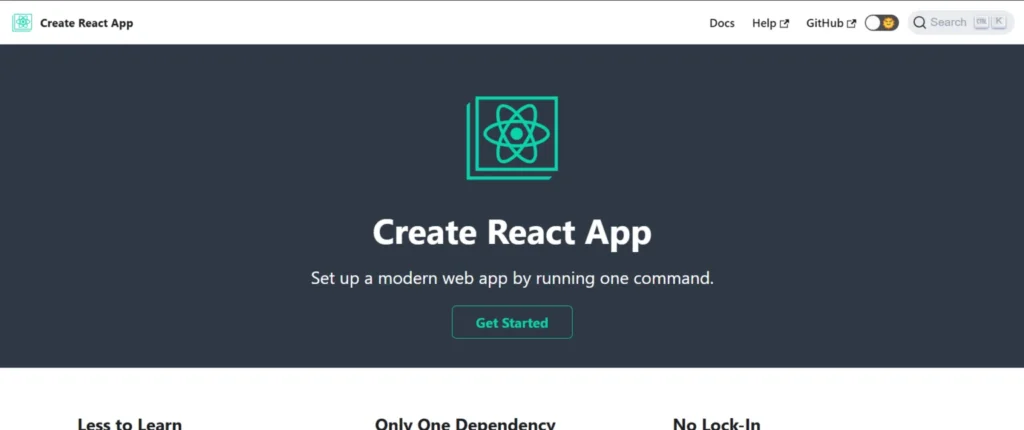
Which type of project develops?
- Single-Page Applications (SPAs)
- Component Library Projects
- Progressive Web Apps (PWAs)
- Internal Tools and Admin Dashboards
- E-commerce Frontends
Why Choose?
Create React App comes packed with numerous benefits. Firstly, it offers a modern build setup with no configuration required. By using CRA, you can avoid the complexities of configuring build tools like Webpack or Babel. This allows you to get your application running quickly!
Secondly, it provides a solid development environment with features like live reloading and an optimized production build. You can see changes in real-time, which accelerates your development process significantly. With CRA, you get the best practices baked in right from the start.
One cannot overlook the vast community and resources available for Create React App. As it is widely adopted, finding tutorials, troubleshooting guides, and even third-party packages is seamless. Whether you are a beginner or an experienced developer, you will find ample support.
3. Gatsby
Getsby is a platform that specializes in creating a diverse range of projects, focusing on delivering valuable solutions tailored to meet the demands of modern users.
Gatsby, on the other hand, is a static site generator that leverages GraphQL to allow developers to pull in data from various sources. Its key strength lies in creating high-performance static sites that are pre-rendered at build time. Ideal for blogs, marketing sites, and project portfolios, Gatsby excels in optimizing sites for speed and performance through techniques such as prefetching resources.
Understanding the types of projects developed by Getsby can help clients and stakeholders align their needs with the appropriate services.
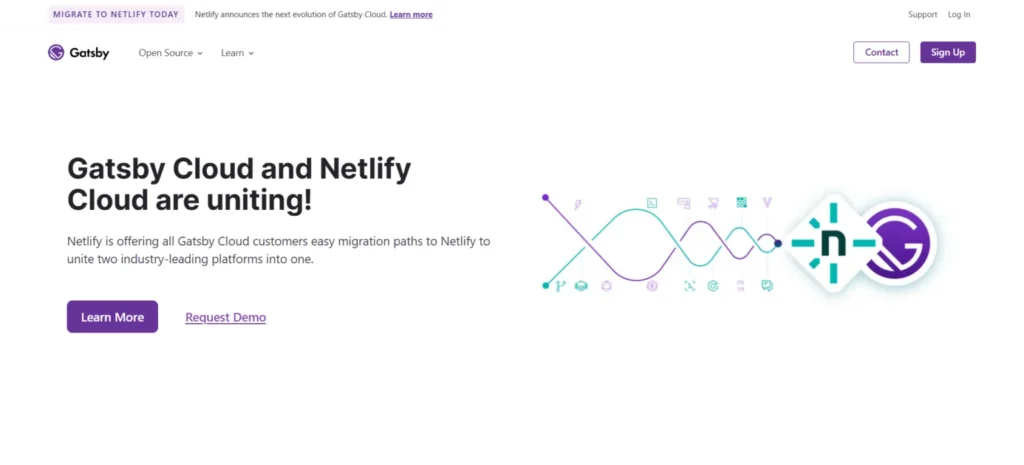
Which type of project develops?
- Web Applications: Customized solutions that enable seamless user interaction and engagement.
- Mobile Applications: User-friendly apps designed for both Android and iOS platforms to enhance mobile experiences.
- E-commerce Solutions: Platforms designed to simplify online shopping and enhance customer satisfaction.
- Content Management Systems: Tools that facilitate the creation, modification, and management of digital content efficiently.
Why Choose?
One of the primary reasons to consider Getsby is its versatility. The platform is designed to cater to a variety of needs, whether for personal projects or professional ventures. Users appreciate its seamless integration with other applications, allowing for a streamlined workflow. Furthermore, getsby emphasizes security, ensuring that your data is protected at all times.
4. Remix
Remix focuses on optimizing user experience by allowing developers to load data seamlessly and optimize route transitions. It is particularly beneficial for applications that aim to enhance the performance through advanced routing and data management techniques. This modern React framework is suited for applications requiring dynamic data handling and improved user interactions.
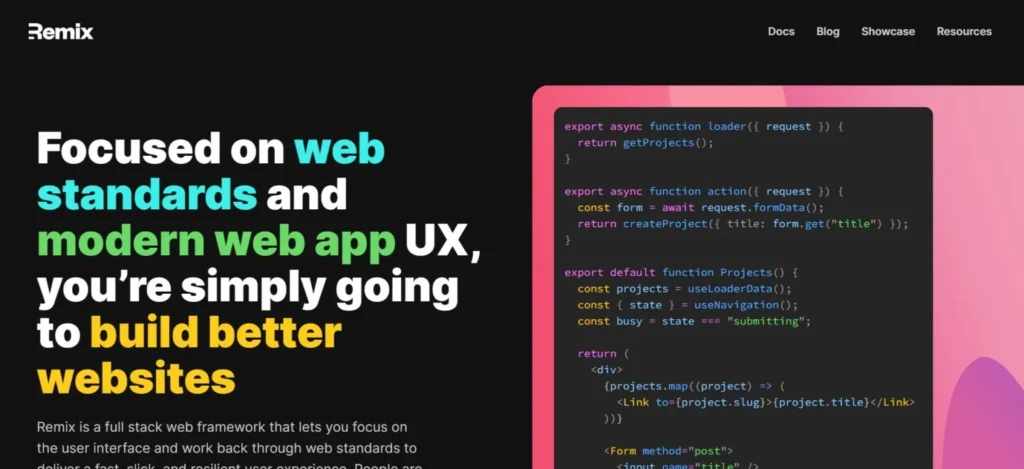
Which type of project develops?
- E-commerce Platforms
- Blogs and Content Management Systems
- Social Media Applications
- Educational Platforms
Why Choose?
One of the primary reasons to consider the Remix framework is its focus on server-side rendering and pre-fetching capabilities. This architectural approach ensures that web applications load faster, improving overall efficiency. Furthermore, it implements a nested routing strategy that simplifies project organization, allowing developers to create and manage complex applications with ease.
Another compelling reason to choose the Remix framework is the vibrant community that surrounds it. With a wealth of resources, tutorials, and plugins, developers can quickly find assistance and enhance their projects. This robust ecosystem not only accelerates the development process but also encourages innovation and collaboration among peers.
5. Blitz.js
Built on top of React, Blitz.js aims to simplify full-stack development by integrating powerful resources and tools that developers need.
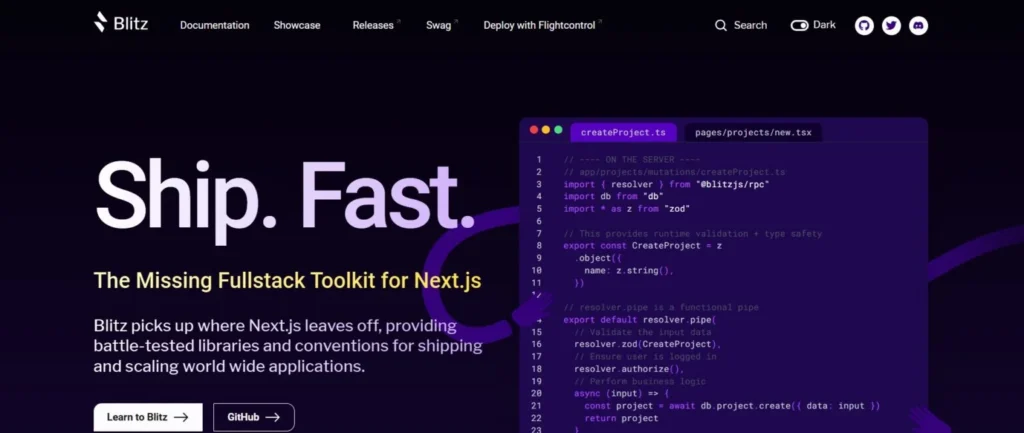
Why Choose Blitz.js?
Blitz.js was created to combine the best features of modern frameworks. It retains the simplicity of React while adding features typical of a full-stack experience.
This makes it an ideal choice for those looking to develop complex applications without the overhead typically associated with full-stack frameworks.
The framework also promotes greater productivity by minimizing boilerplate. Developers can focus more on implementing features rather than coding repetitive infrastructure.
Types of Projects for Blitz.js
Blitz.js is versatile and can support various project types. Whether it’s an enterprise application, a SaaS product, or even a simple personal blog, Blitz.js can handle it all.
It provides a seamless integration of backend and frontend development, allowing for efficient data handling and user interactions. The framework is sufficient for both large-scale applications and smaller projects, making it an adaptable choice for diverse development needs.
Top Features of Blitz.js
One of Blitz.js’s standout features is its built-in data layer, which streamlines querying and data management within applications.
Additionally, Blitz.js comes equipped with several out-of-the-box functionalities, such as authentication and file uploads, which significantly accelerate development. Its emphasis on convention over configuration helps ensure developers maintain consistency across projects.
Challenges and Limitations
While React.js frameworks offer numerous advantages that enhance development speed and efficiency, they also come with their own set of challenges and limitations that developers must consider.
One of the primary concerns is the learning curve associated with some frameworks. Although React itself has a relatively gentle learning curve, specific frameworks may introduce additional complexities that could be daunting for new developers.
Frameworks like Next.js and Gatsby, while powerful, require a solid understanding of concepts such as server-side rendering and static site generation, which could hinder initial productivity for those unfamiliar with these techniques.
Another critical issue revolves around dependency management. React.js frameworks often rely on multiple external packages and libraries, which can lead to potential conflicts and increased maintenance challenges.
Over time, keeping dependencies up-to-date can become burdensome, and issues may arise due to breaking changes in these packages, particularly when transitioning between major versions. Developers need to be prepared for such changes and ensure that their applications remain functional as the ecosystem evolves.
As you explore the React.js frameworks, consider enhancing your applications with animations. For more insights, check out our article on Top 5 React Animation Libraries You Should Know.
FAQ
What is React.js, and why is it so popular?
React.js is a JavaScript library for building user interfaces, particularly single-page applications. Developed by Facebook, it allows developers to break complex UIs into reusable, modular components, making the development process more manageable and efficient.
Why are additional frameworks necessary for React.js?
While React.js is highly versatile, certain applications require enhanced functionality like server-side rendering, static site generation, or advanced routing. These frameworks extend React’s capabilities, adding tools and libraries to address specific project needs.
Are these frameworks difficult to learn?
Some frameworks, like Next.js and Gatsby, may have a steeper learning curve due to advanced concepts such as SSR and static site generation. However, many resources and community support are available to help developers learn.
How does dependency management impact these frameworks?
React frameworks often depend on various external packages, which may lead to maintenance challenges due to potential conflicts or breaking changes. Keeping dependencies updated is crucial to maintaining functionality as the ecosystem evolves.
What should developers keep in mind when choosing a framework?
Developers should consider project needs, scalability, performance requirements, and familiarity with the framework. Each of these frameworks caters to specific use cases, so understanding project requirements will help in making the right choice.
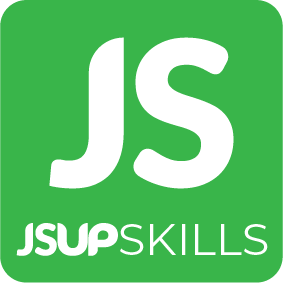
 Install jsUpskills app on your home screen!
Install jsUpskills app on your home screen!